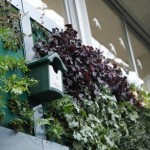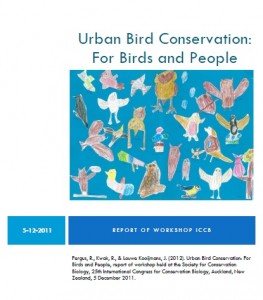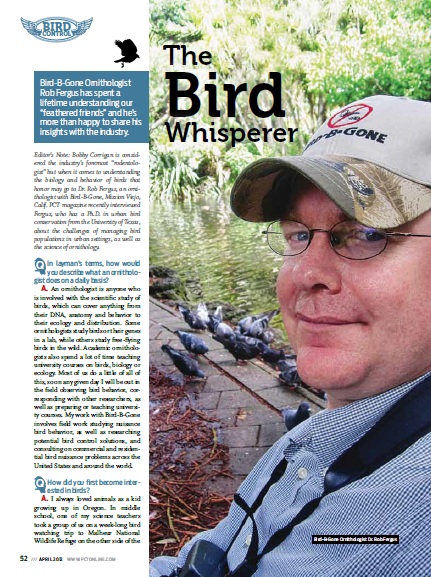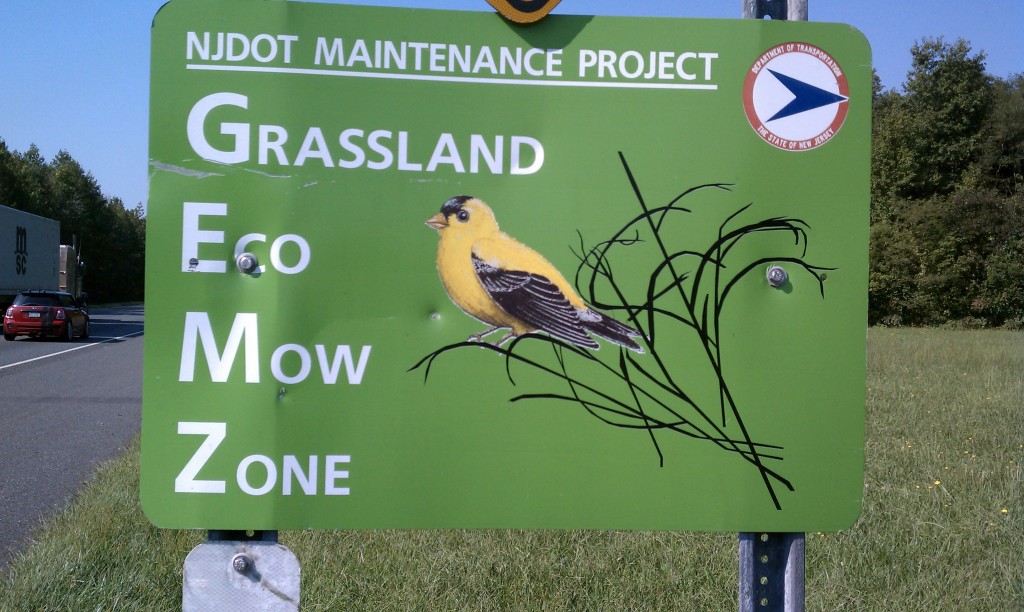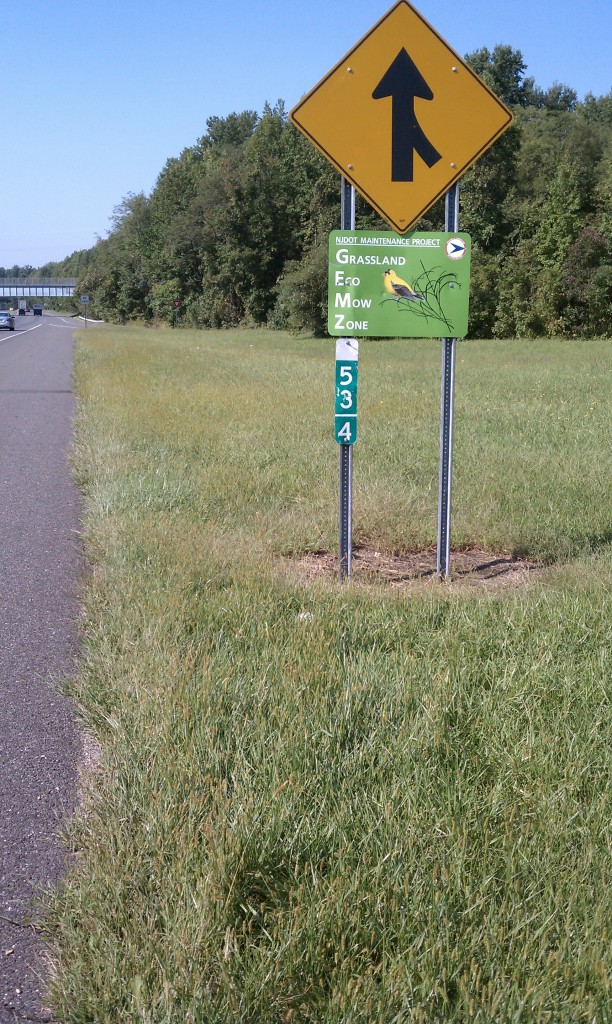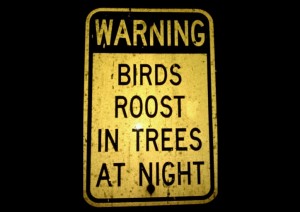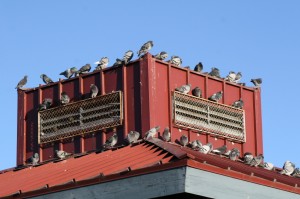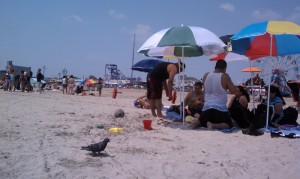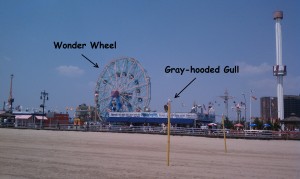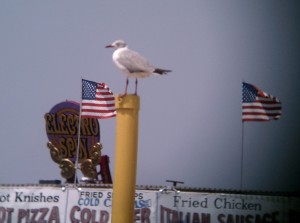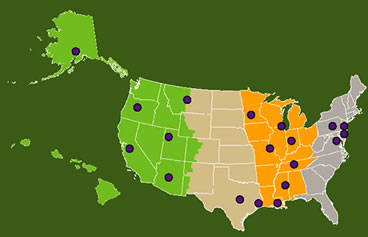 The U.S. Fish and Wildlife Service reported in July that it will award 10 U.S. cities with a total of $650,000 in funding to develop bird conversation projects.
The U.S. Fish and Wildlife Service reported in July that it will award 10 U.S. cities with a total of $650,000 in funding to develop bird conversation projects.
The following new Urban Bird Treaty Cities will each receive a grant of up to $70,000:
Phoenix, AZ
Kennedale, TX
Minneapolis/St. Paul, MN
Indianapolis, IN
Opelika, AL
Hartford, CT
Ogden, UT
Lewistown, MT
San Francisco, CA
Washington D.C.
Existing Urban Bird Treaty Cities will also each receive a $10,000 grant. Those cities are Chicago, Houston, Portland, St. Louis, Nashville, Anchorage, Philadelphia (view treaty) and New York.
The funding is being awarded as part of the Urban Conservation Treaty for Migratory Birds program. Administered by FWS, the program brings together private citizens, federal, state and local agencies, and non-governmental organizations to conserve migratory birds through educational programs, participation in citizen science, conversation and habitat improvement strategies and reducing hazards to birds in urban and suburban areas.
The Urban Bird Treaty cities and their partners develop and implement bird conservation projects and provide matching dollars and in-kind support. The Service provides the challenge grants and technical assistance. The cities and their partners also work to increase awareness of the value of migratory birds and their habitats, especially for their intrinsic, ecological, recreational, and economic significance. The wide variety of native birds thriving in urban areas underscores the importance of these urban/suburban habitats to the survival of many bird populations.
“Birds are a critical component of every ecosystem and serve as an excellent indicator of the overall health of the environment,” said Jerome Ford, the Service’s Assistant Director for Migratory Birds. “Creating green space in urban environments, landscaping with native plants in backyards and parks, adopting architecture and lighting systems that reduce collisions and keeping pets indoors can provide great benefits to birds, while also creating more livable communities.”
The Urban Conservation Treaty Program started in 1999 when New Orleans became the first city to establish an Urban Conservation Treaty. New Urban Bird Treaty cities are joining a program with already more than 200 partners in nine cities committed to conserving, protecting and restoring habitat, and educating urban residents on the importance of migratory birds.
More information available online at the Urban Bird Treaty Program website and the Urban Conservation Treaty For Migratory Birds Handbook (pdf).
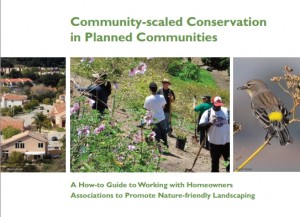 Why should bird conservationists work with homeowners associations? San Diego Audubon has a great workbook answering this question, and providing guidelines for creating and implementing sustainable, nature-friendly landscaping projects within planned communities administered by a homeowners association. The 20 page guidebook also includes a case study from the community of Eastlake in Chula Vista, California, where the Audubon chapter was able to work with local partners to plant 472 native shrubs and 16 trees on a 1.4 acre hillside. In addition, 71 participants came to 4 workshops, and additional sustainable landscapes were created on 14 private and3 community properties were certified as habitat.
Why should bird conservationists work with homeowners associations? San Diego Audubon has a great workbook answering this question, and providing guidelines for creating and implementing sustainable, nature-friendly landscaping projects within planned communities administered by a homeowners association. The 20 page guidebook also includes a case study from the community of Eastlake in Chula Vista, California, where the Audubon chapter was able to work with local partners to plant 472 native shrubs and 16 trees on a 1.4 acre hillside. In addition, 71 participants came to 4 workshops, and additional sustainable landscapes were created on 14 private and3 community properties were certified as habitat.
